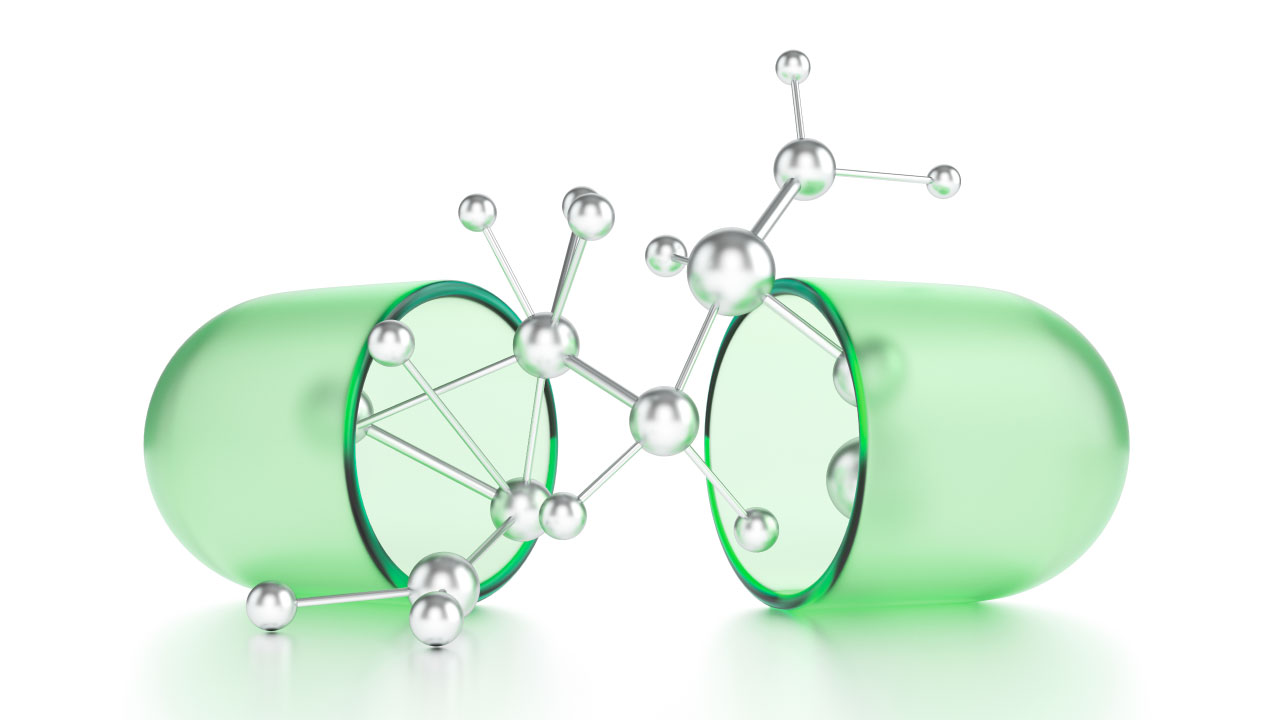The biggest challenge facing pharmacy plan sponsors today is managing the growth of specialty drug spending and the potential for unexpected, large claims that can break the budget. Since the government passed the Biologics Price Competition and Innovation Act in 2010, which created the first pathway for biosimilar approvals, some believed that biosimilars would help provide a long-term solution to mitigate the cost and risk associated with specialty drugs. Over a decade later, this has not happened.
The first biosimilar was approved in 2015 and to date, only 33 biosimilars have been approved, a little more than half of which have made it to market. While uptake has been slow, the expiration of patent protection for Humira in 2023 and several other blockbuster specialty drugs over the next three years may speed the growth of biosimilars. Let’s take a deeper dive into biosimilars, including what they are, factors that have caused their slow uptake, the market dynamics that could accelerate their growth, and, perhaps most important, the potential impact to plan sponsors.
What are Biosimilars?
A biosimilar drug is a biological drug that is very much like another biological drug (called the reference or originator drug) that has already been approved by the Food and Drug Administration (FDA). Biosimilars are composed of complex molecular structures that are derived from living organisms. To gain approval, they must be as safe as, work as well as, and work in the same way as the reference drug.
Biosimilars may be either interchangeable or non-interchangeable. Interchangeable products may be substituted for the reference product without the involvement of the prescriber, while non-interchangeable products require the patient to obtain a new prescription that is written specifically for the biosimilar. In order to gain interchangeable status, the drug manufacturer must conduct studies to demonstrate that when patients are switched between the originator and the biosimilar, the products demonstrate identical efficacy. To date, only two biosimilars have been designated as interchangeable by the FDA.

Biosimilar Trends
This is one reason biosimilars have not had more uptake. Once a patient is on a reference drug and is stable and achieving a positive clinical outcome, prescribers are hesitant to switch them to a non-interchangeable biosimilar. A few other reasons biosimilars have been slow to gain adoption:
- Reference drugs have strong patent protection: Originator manufacturers have sought patent protection enforcement and have filed numerous lawsuits.
- Biosimilars are complex and costly: Biological products consist of large, complex molecules and are difficult to develop and maintain quality control. Development may take 5-9 years and cost more than $100 million.
- Big Pharma flexes its muscles: Brand-name companies have threatened to remove rebates on the “basket” of products they provide unless biosimilars are excluded.
- Biosimilars do not earn rebates: Pricing for the originator drug, including rebates, can be better than that of the biosimilar, which does not earn any rebates. As such, PBMs have been slow to put biosimilars on their formularies.
However, the patent expiration of several large blockbuster specialty drugs could create an impetus for the development and introduction of more biosimilars. As specialty drugs like Humira, Stelara, Cosentyx, and Revlimid lose patent protection over the next several years, it becomes increasingly financially viable for drug manufacturers to bring profitable biosimilars to market.
Take the case of Humira, the number one drug (and specialty drug) with over $20 billion in worldwide sales in 2021. While Humira does not lose patent protection until next year, there are at least 10 biosimilars that already have been approved or are pending approval, including one that is interchangeable.
AbbVie, the maker of Humira, is preparing for the loss of patent protection and has already been working to switch patients from Humira to Skyrizi, a newer AbbVie product that treats many of the same conditions and will retain its patent protection for years to come. In addition, we expect that Humira will consider several other tactics to maintain its market share in 2023 and beyond including lowering its price, increasing rebates, or even producing its own biosimilar. Regardless of the exact tactics it chooses to employ, AbbVie will certainly be aggressive in trying to maintain its market share, revenues, and profits.
Conclusion
For plan sponsors and their benefit advisors, the clear implication is that they need to be thinking about their overall biosimilars strategy and understand how key biosimilars are being addressed in their pharmacy contract. They also should be cognizant of how the PBMs are handling biosimilars on their formularies. In some cases, a new biosimilar could be less expensive than the reference drug; however, there are likely to be instances where the reference drug price including rebates is less expensive than the biosimilar.
In the end, the introduction of new biosimilars for blockbuster specialty reference drugs should have a favorable impact on competition and will hopefully lead to lower net prices and savings for plans. While this would be a positive outcome for plan sponsors, we will need to see how things play out in 2023 and beyond.





